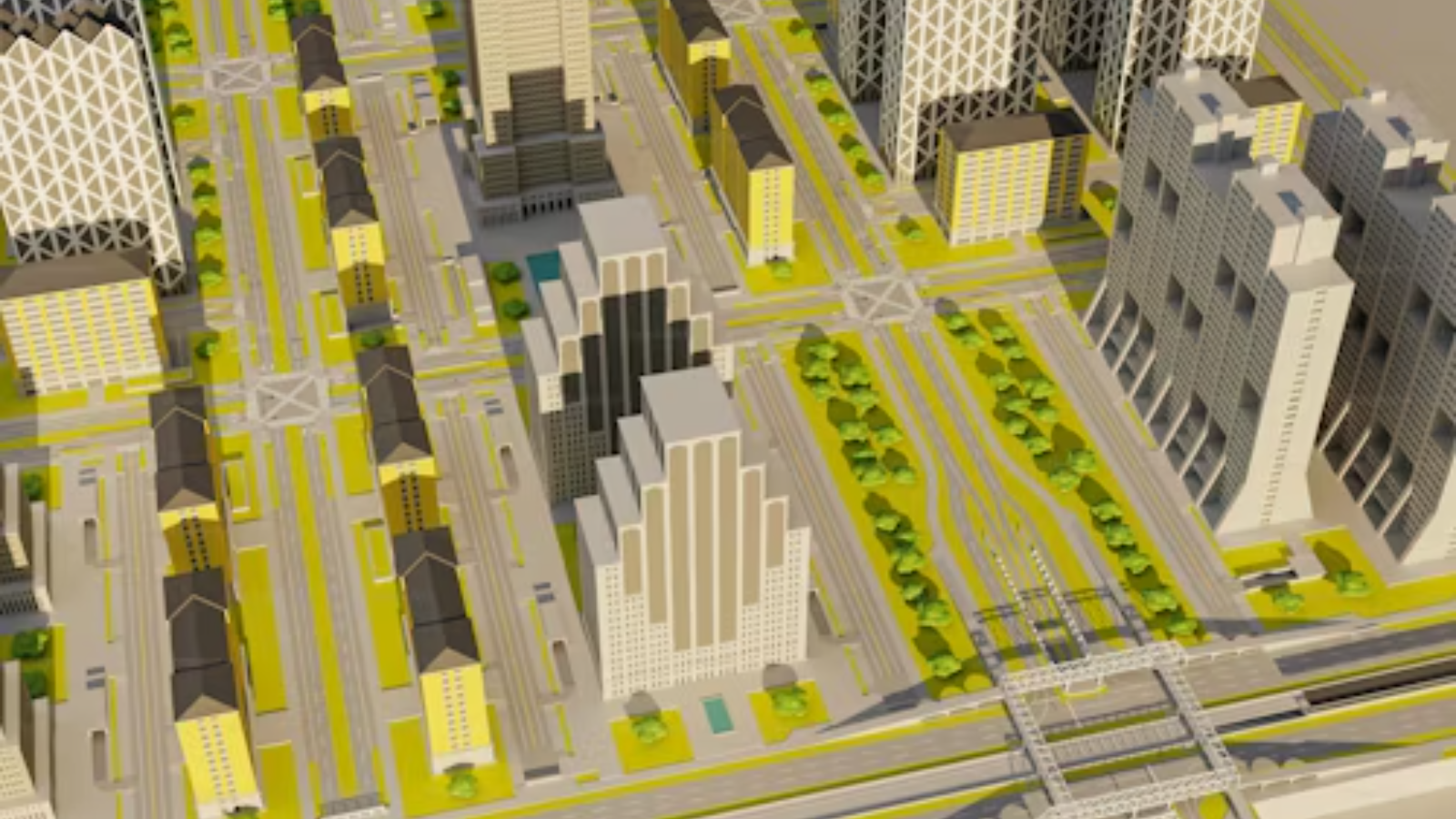In this Article
Introduction
As the urban population continues to grow, the need for more efficient, sustainable, and livable cities becomes increasingly urgent. A smart city plan is pivotal in addressing these challenges by leveraging technology and data to optimize city operations and improve the quality of life for residents.
This article provides a clear, step-by-step strategy to help city planners and stakeholders develop a robust smart city plan that meets the needs of modern urban environments.
Strategy for Creating a Smart City Plan
Creating a smart city plan involves several critical steps, each contributing to the overall success and sustainability of the initiative. Here’s a detailed breakdown of the 7-step strategy:
1. Assess Current City Infrastructure and Services
Before diving into new technologies and solutions, it’s essential to understand the current state of your city’s infrastructure and services. This assessment involves:
- Mapping Existing Assets: Documenting the current infrastructure, including transportation systems, energy grids, water supply, and public services.
- Identifying Pain Points: Highlighting areas that require improvement, such as traffic congestion, pollution levels, and inefficiencies in public services.
- Engaging Stakeholders: Involving city officials, residents, and businesses in the assessment process to gather diverse perspectives and insights.
2. Set Clear Objectives and Goals
A successful smart city plan requires well-defined objectives that align with the city’s long-term vision. These goals should be:
- Specific and Measurable: Clearly outlining what the city aims to achieve, such as reducing carbon emissions by a certain percentage or improving public transport efficiency.
- Realistic and Achievable: Setting attainable targets based on available resources and technological capabilities.
- Time-bound: Establishing a timeline for achieving these goals, ensuring that progress can be tracked and evaluated.
3. Develop a Comprehensive Data Strategy
Data is the backbone of any smart city initiative. A comprehensive data strategy should include:
- Data Collection: Identifying the types of data needed, such as traffic patterns, energy consumption, and air quality metrics, and determining how to collect this data.
- Data Integration: Ensuring that data from various sources can be seamlessly integrated and analyzed to provide actionable insights.
- Data Privacy and Security: Implementing robust measures to protect residents’ data and ensure compliance with privacy regulations.
4. Invest in Scalable and Interoperable Technologies
Choosing the right technologies is crucial for the long-term success of a smart city plan. Focus on:
- Scalability: Selecting technologies that can grow and adapt as the city expands and evolves.
- Interoperability: Ensuring that different systems and devices can communicate and work together seamlessly.
- Future-proofing: Investing in technologies that can accommodate future advancements and innovations.
5. Promote Public Engagement and Collaboration
Engaging residents and fostering collaboration is key to creating a smart city that truly meets the needs of its inhabitants. Strategies include:
- Citizen Participation Platforms: Creating online platforms where residents can provide feedback, suggest improvements, and stay informed about smart city initiatives.
- Community Workshops and Events: Organizing events to educate residents about the benefits of smart city technologies and gather input on proposed projects.
- Public-Private Partnerships: Collaborating with businesses and other organizations to leverage their expertise and resources.
6. Implement Pilot Projects
Starting with pilot projects allows cities to test new technologies and approaches on a smaller scale before full-scale implementation. Key steps include:
- Selecting Pilot Areas: Choosing specific neighborhoods or sectors where new solutions can be tested.
- Monitoring and Evaluation: Continuously monitoring the performance of pilot projects and evaluating their impact on the community.
- Scaling Successful Initiatives: Expanding successful pilot projects to other parts of the city based on the insights gained.
7. Monitor Progress and Adapt
A smart city plan is not a one-time effort but an ongoing process that requires continuous monitoring and adaptation. This involves:
- Regular Reporting: Providing regular updates on the progress of smart city initiatives to stakeholders and the public.
- Performance Metrics: Establishing key performance indicators (KPIs) to measure the success of various projects and initiatives.
- Continuous Improvement: Using feedback and data to make informed decisions and continuously improve the smart city plan.
Conclusion
Creating a smart city plan is a complex but rewarding endeavor that can significantly enhance the quality of life for urban residents. By following this 7-step strategy, city planners and stakeholders can develop a robust and effective smart city plan that addresses current challenges, leverages advanced technologies and promotes sustainable urban development.
How Can We Help?
The AlphaX ecosystem offers comprehensive solutions to support cities in implementing their smart city plans. From advanced data analytics and scalable technologies to citizen engagement platforms, AlphaX provides the tools and expertise needed to overcome challenges and achieve your smart city goals. For more information on how AlphaX can assist your city, visit AlphaX Contact Us.
References
Related Blog Posts
How Smart Cities Connect: Getting Started with Edge AI and IoT Technology
How to Get Started with Edge AI and IoT Technologies in Smart Cities: Overcoming Integration Challenges In recent years, the concept of smart cities has evolved from a futuristic Read More
5 Step Strategy: Ensuring Security and Privacy in 15-Minute Smart Cities
Introduction Ensuring security and privacy in 15-minute smart cities is a critical challenge as urban areas become increasingly connected through IoT and edge AI technologies. These cities aim to Read More
What is a smart city and the challenge of legacy systems
How to Get Started with Integrating Legacy Systems in Smart Cities Smart cities are transforming urban landscapes by leveraging technology to improve the quality of life for residents. However, Read More




